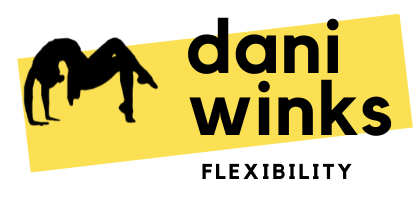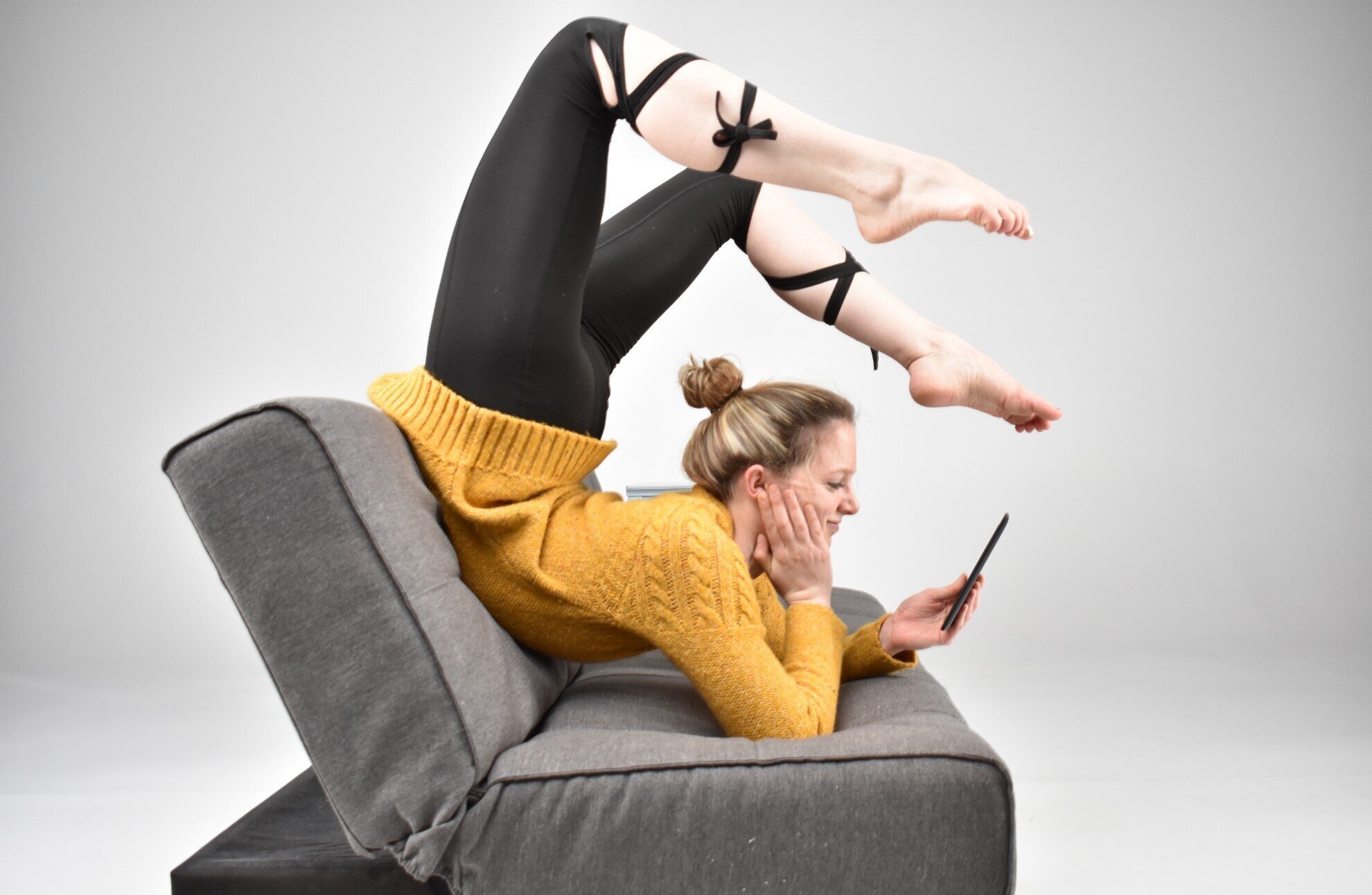TIPS, TRICKS & HOW-TOs
The Bendy Blog: Flexibility Training Articles
Filter posts by topic:
All Posts / Bridges / Contortion / Front Splits / General Back Flexibility / General Flexibility Tips / General Lower Body Flexibility / Middle Splits / Neurodynamics / Shoulders / Straddles / Yoga /

What Is Sciatic Nerve Tension (and How Do I Fix It?)
This is a topic I wish I had learned about WAY earlier in my flexibility training journey, because it made such a huge difference in my leg flexibility (and I see the same thing happen with many students that I work with).
For the longest time, I just thought I had tight calves when it came to forward folds . . .
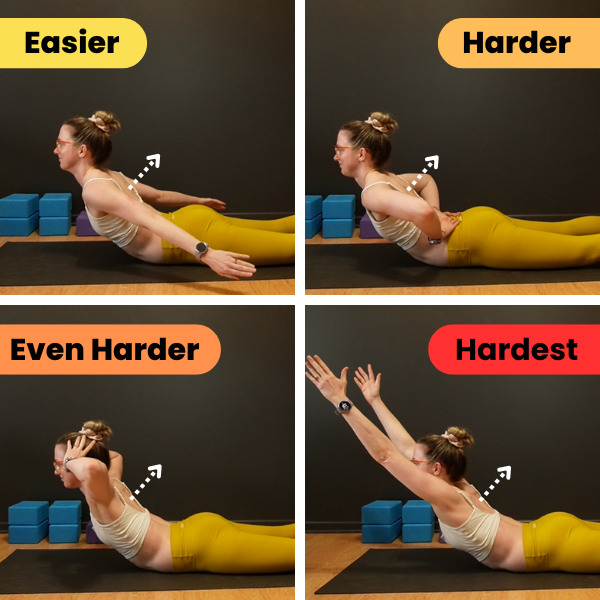
10 Min Back Flexibility Routine
By popular demand (at least according to Google…) here’s a quick, basic back flexibility routine you can use when you’re crunched for time, or as a base to build a longer training routine off of. Note: this routine focuses primarily on backbending (arching) flexibility, not literally stretching the back muscles (which would involve rounding, not arching, the back).

Working Towards “Cow Face Pose” Arms Rear Hand Clasp
Being able to reach both hands behind your back and touch or clasp your fingertips is a challenging goal lots of people like to work towards. This type of flexibility can be helpful for yogis who like to work on funky arm binds (it’s the same position used in Gomukhasana or Cow Face Pose, but the flexibility can translate to other arm binds as well), for aerialists and pole dancers who need funk shoulder rotation and behind-the-back reaches to grab their apparatus, and for regular Average Joe folks who want enough shoulder mobility to scratch an itch on their back. Personally, I find having a big range of motion in this pose helpful because it allows my to put sunscreen on my own back without needing anyone else’s help (maybe not a primary motivation for most people, but certainly a plus in my book!).
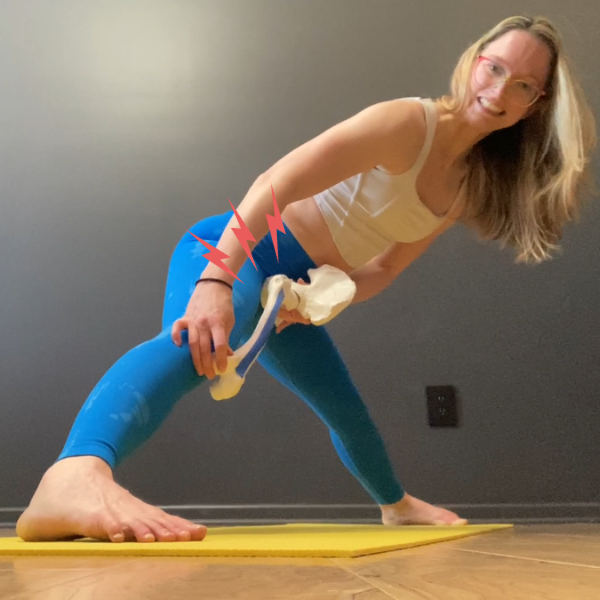
Help! My Hips Hurt in My Middle Split and Frog Stretch
This is a question I frequently get in group classes as well as private lessons - there are some people out there that, based on their hip anatomy, have a hard time feeling inner thigh stretches in things like straddles, middle splits, and frog stretches. Instead, they feel like their legs just get “stuck” when trying to open them out to the side, or may even feel a “pinch” in the front or side of their hip. This can be frustrating because no matter how much you try to stretch, you don’t see any progress in your middles or straddles.
Now what if I told you the solution to this flexibility plateau was NOT trying to push the stretch deeper?

Why (and How) to Warm Up Before Stretching
Do you really need to warm up before stretching? Isn’t stretching usually a “warm up” for other workouts?
This really depends on the type of training you plan on working on. The goal of “warming up” is to prepare your body - your muscles, your joints, your cardiovascular and nervous systems, etc. - for your upcoming workout. For some hobbies, like martial arts or pole dancing, that often means including stretches as part of the warm up to be able to use that flexibility in their skill work.
But what about for flexibility training as a “work out?” This is where it really depends on the intensity of the stretching you’ll be doing.
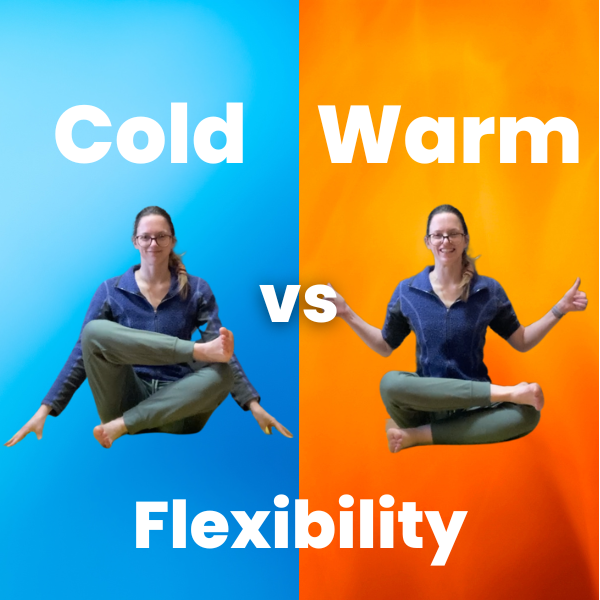
“Cold” vs. “Warm” Flexibility (and How to Improve Your Cold Flexibility)
Do you ever feel like you make some good progress during a stretching session, only to have your flexibility revert back to it’s previous less-bendy state the next day? Or maybe you notice you’re able to stretch deeper after a heavy workout like weightlifting than trying to stretch randomly in the middle of the day? Do you have long-term goals to be able to touch your toes or drop into the splits without doing any kind of warm up? All of these are related to the difference between our warm vs. our cold flexibility.
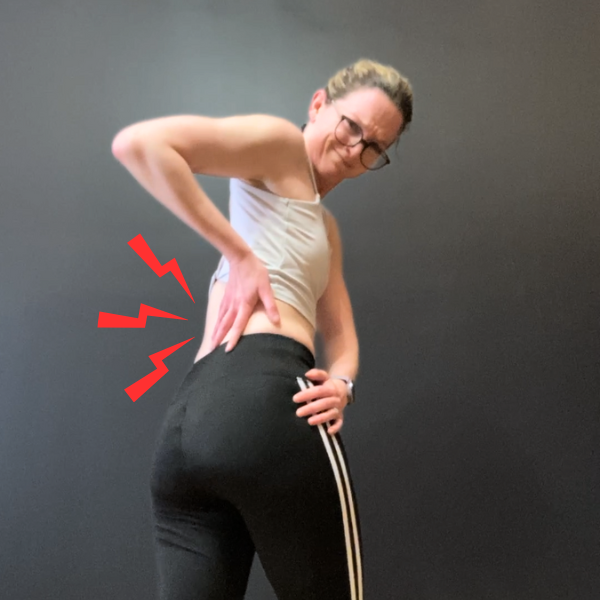
Help! My Back Hurts After Backbending
This is a common question I get from students, especially students new to working on back flexibility. It’s not uncommon to get some mild back pain the day after working on backbends, so it’s important to be able to differentiate between “productive” muscle soreness and “red flag” pain indicating improper training technique.
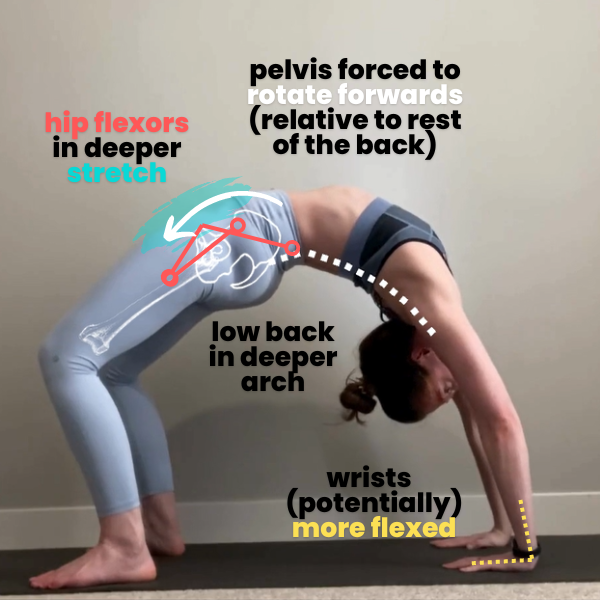
Is It OK To Lift the Heels in a Bridge (Full Wheel)?
This is a question I sometimes get from students (and even other flexibility instructors) - should we try to keep feet flat on the floor in a bridge, or is lifting the heels OK? The answer - like with so many flexibility questions - is it depends.
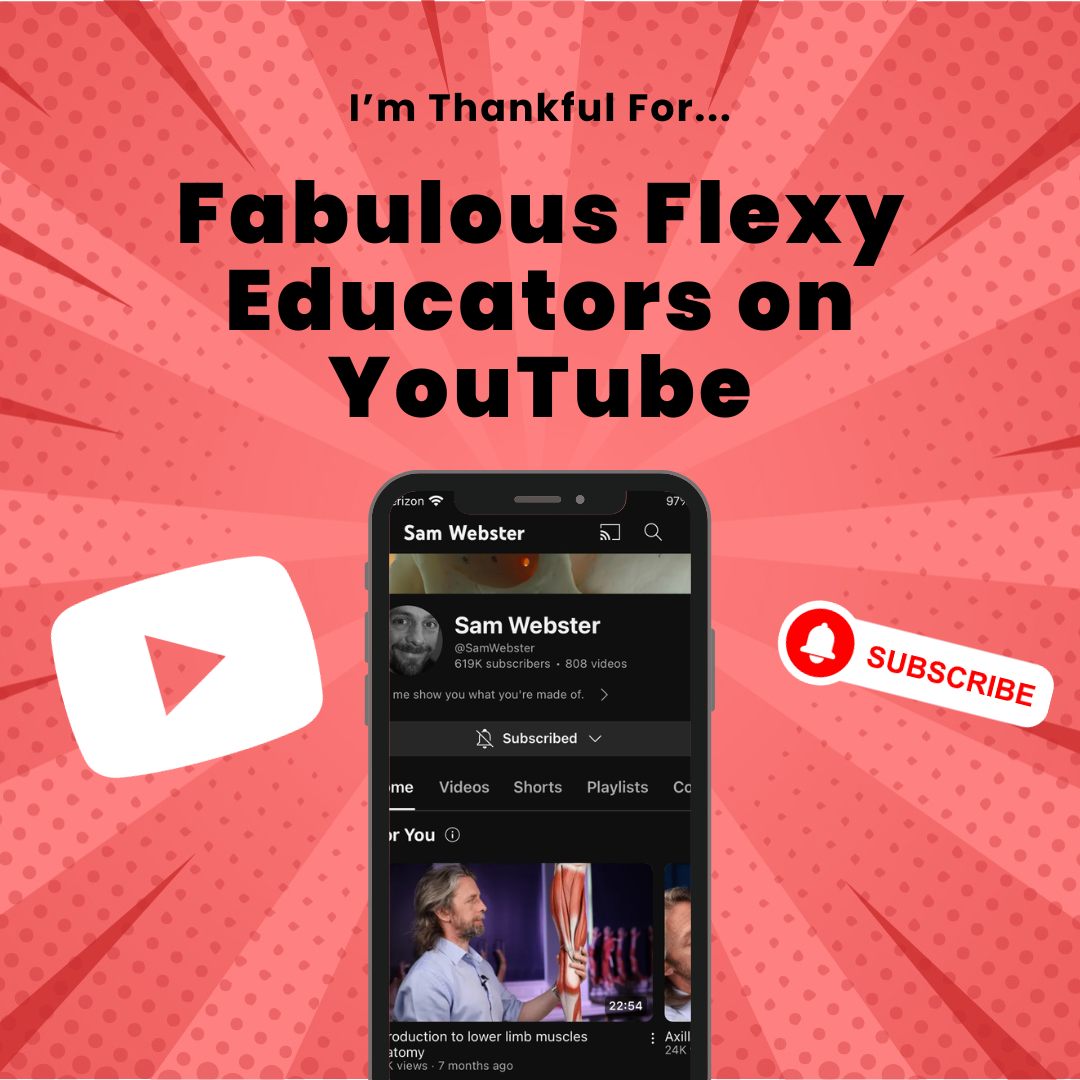
10 Great YouTube Channels for Flexibility Anatomy Education
Last week I posted about some of my favorite InstagramLast week I posted about some of my favorite Instagram accounts to follow for flexibility education - to keep that same theme going, I also want to share some of my favorite YouTube channels. Like I mentioned in my last post, I’ve never taken an actual anatomy class, so all of my anatomy training has been through taking workshops, and teaching myself with whatever content I can find. Luckily there are some fabulous content creators on YouTube that make this SO easy (and fascinating!) for folks who want to learn more about their anatomy, and how to start applying this knowledge to flexibility training.
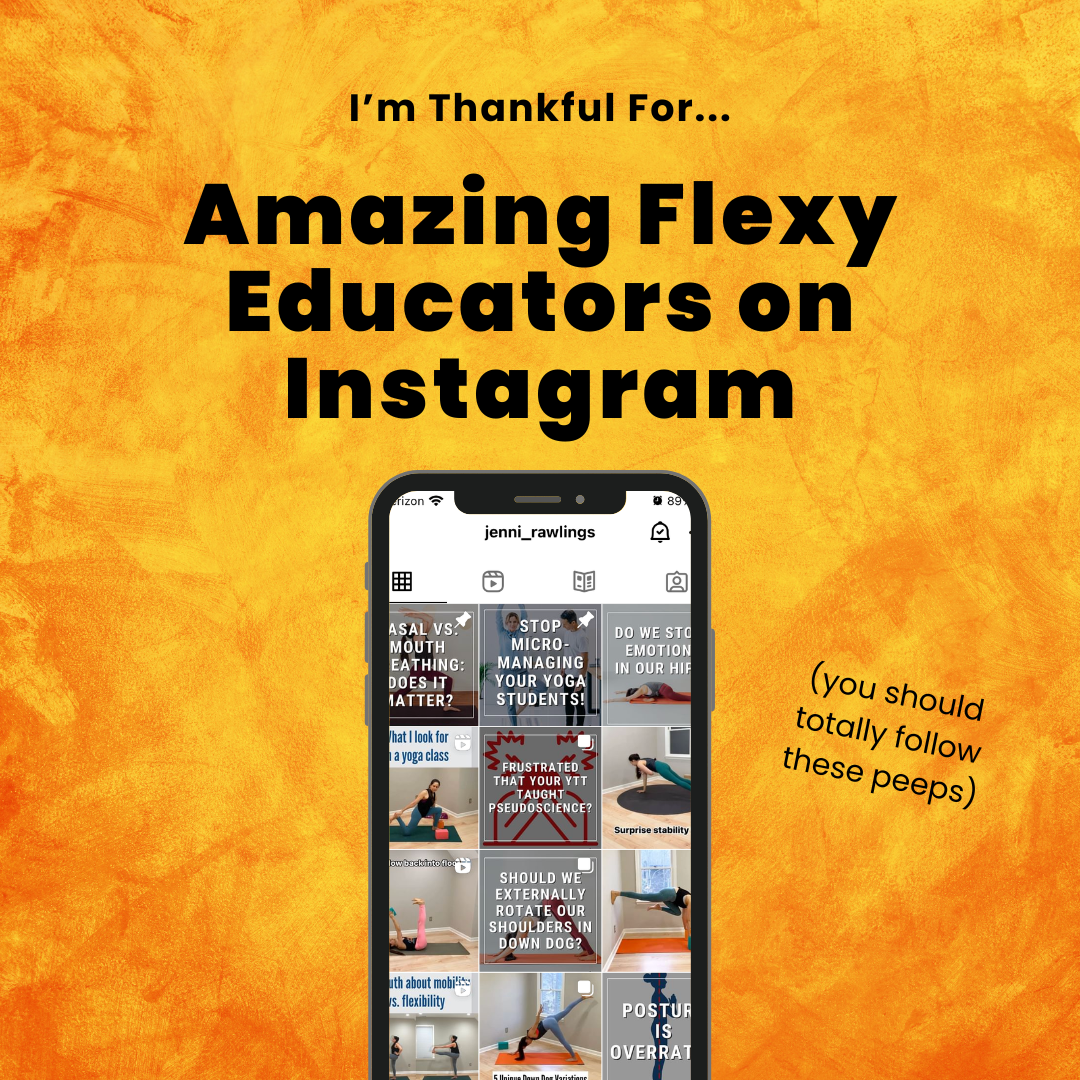
My Top 5 Insta Accounts to Follow for Flexibility Education
‘Tis the season to be thankful - and I’m kicking off this Thanksgiving week (albeit belatedly, since it’s already Tuesday…) with a roundup of some of the Instagram content producers I am most thankful for. We are lucky to live in an age where there are SO many smart instructors, movers, and educators that are passionate about sharing their knowledge of flexibility training with others for free - here is a list of my “Top 5” (and then a whoooooole lot of “honorable mentions”) that are absolutely worth following to help you on your flexy journey.
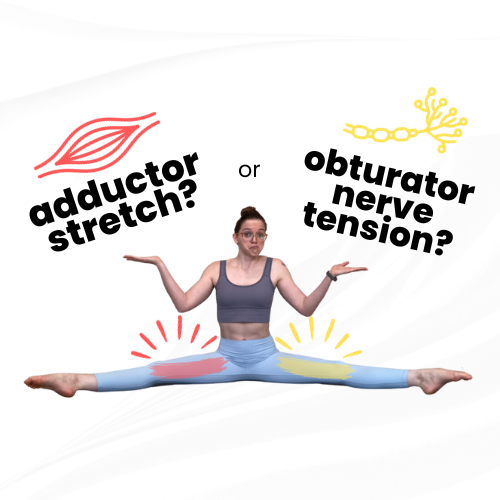
Obturator Nerve Tension Test & Nerve Glide
Obturator nerve tension refers to a situation where the obturator nerve, one of the main nerves that goes through our inner thighs, is prevented from sliding like it’s normally supposed to and instead tugged into a position of too-much-tension when we try to stretch our adductors (inner thigh muscles). This can be tricky because it may feel a whole lot like muscle tightness, so it’s important to be able to recognize whether the inner thigh “tightness” or “stretching” sensation you are feeling is actually a muscle stretch (good!) or nerve tension (probably less productive) - so let’s talk about how to figure that out!
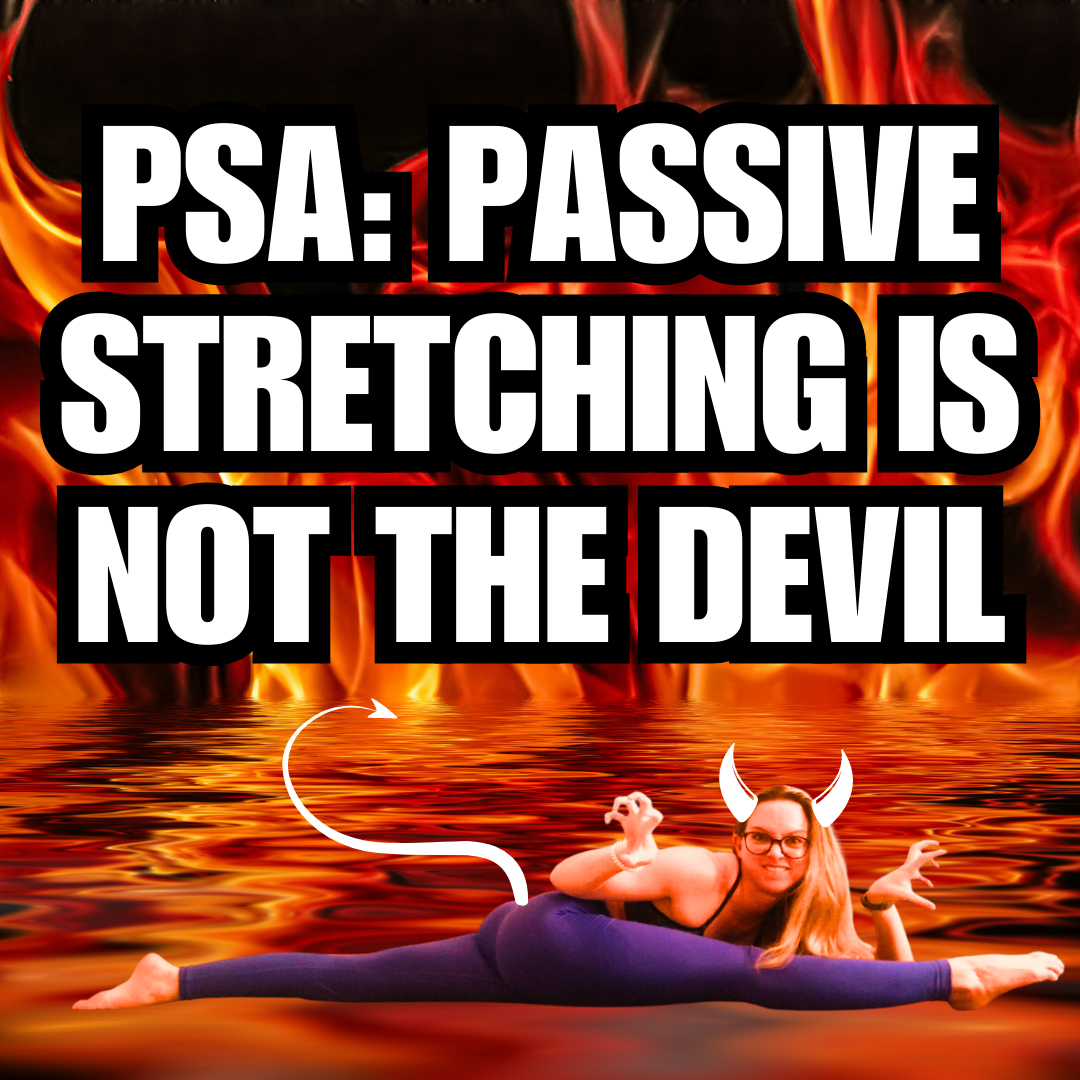
Passive Stretching is Not the Devil
Passive stretching has gotten a bad rap y’all.
While there has been a lot of research to support that just passive stretching isn’t a great way to increase your flexibility, and most people make more, faster, progress by including drills that focus on their active flexibility - that doesn’t mean you should stop doing passive stretches!
